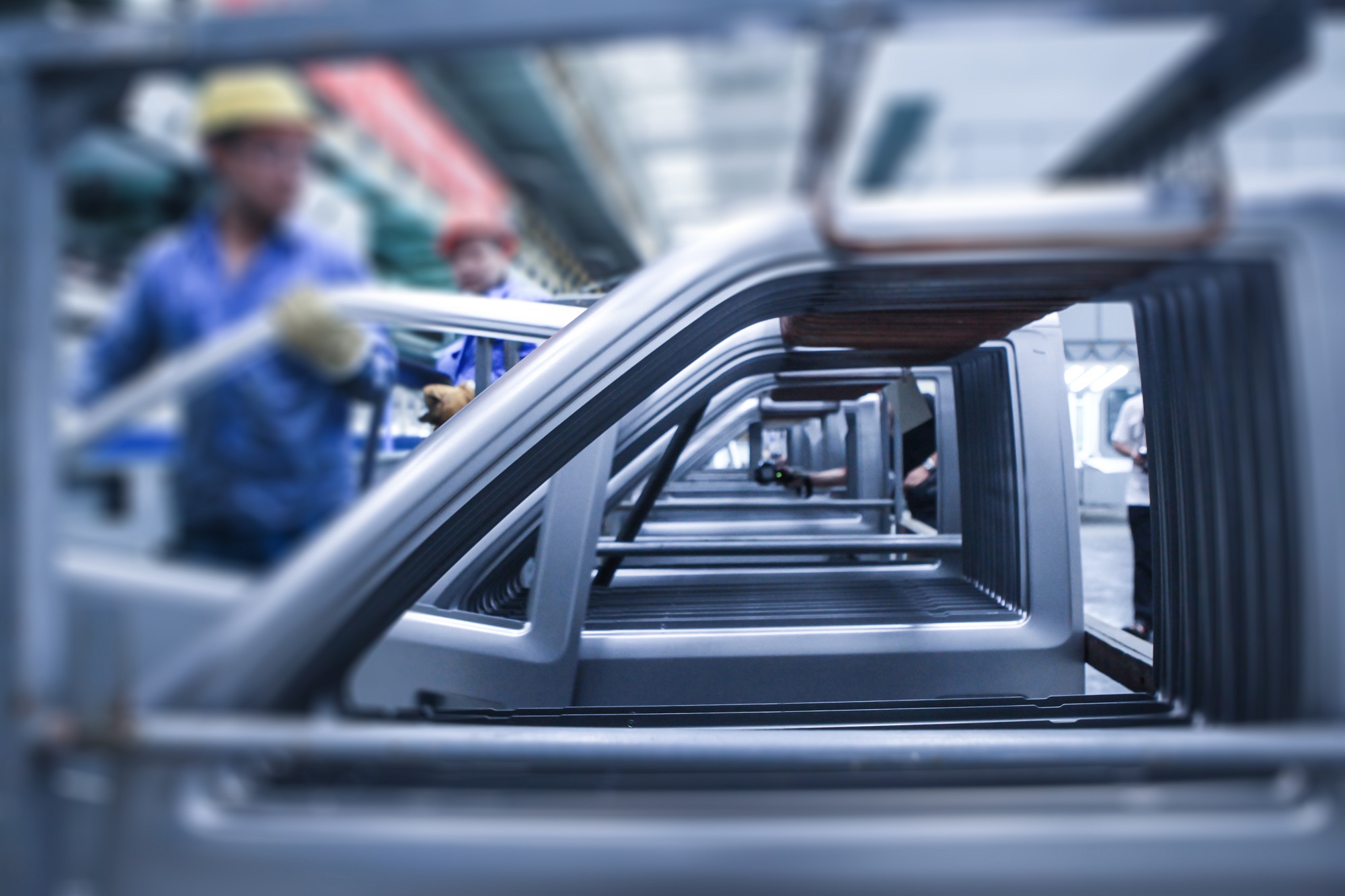With the Right Policies, We Can Have An Electrified and Automated Mobility System that Creates Equitable, Good-Paying Jobs.
Let's Save Energy
Alliance to Save Energy's Blog

We are witnessing perhaps the biggest transition in the transportation industry since the advent of the internal combustion engine at the beginning of the 20th century. Electric vehicles (EVs) are expected to dominate the automobile market by 2040, and while the timeline for fully automated vehicles (AVs) is still hotly debated, most experts agree that widespread adoption is inevitable.
While the positive climate impacts of this transportation transition are well established, there is less certainty about how our nation’s workforce will be impacted. And it’s a significant concern: the automotive industry directly employs nearly one million Americans and indirectly supports several million more throughout the economy. Most experts agree that producing EVs and AVs will result in net job creation, but structural shifts in how cars are produced and used will affect where new jobs are created and the training required for them.
This is an important conversation, particularly as our nation focuses on rebuilding industries following the COVID-19 pandemic to be more inclusive and equitable. This is why members of the 50x50 Action Network – a group of stakeholders committed to advocating for policies that will help reduce our nation’s transportation energy use 50% by 2050 – convened for a closed-door roundtable discussion last month to explore how a just transition can be achieved. The discussion homed in on the need for a proactive policy approach and no-regrets actions to ensure that the transition to an electrified – and eventually automated – mobility system results in quality employment for all.
The Transition Presents an Opportunity
A career in the auto industry was historically more than a paycheck: it symbolized entering the middle class. Over the decades, however, the industry has experienced depressed wages, outsourced production, and an unequal distribution of jobs across demographics and geographies, providing uncertainty for industry workers.
The fear of a structural shift to EVs/AVs being disruptive is understandable given this context. But there are examples in recent history of technological disruption resulting in net job gain, such as the transition from manual to mechanical farming and factory automation. These cases demonstrate that jobs are not created in a vacuum: More often than not, the displacement of work from one space leads to demand in another.
There are reasons to believe this will be the case for the automotive sector. While EVs have far fewer moving parts than conventional vehicles – 20 moving parts on average compared to around 2,000 – modern vehicles are increasingly being programmed like computers. This means that while there will be less demand for auto mechanics, there will be a surge in demand for coders and analysts to parse through the hordes of data that these vehicles will produce.
Michigan Has the Right Idea
To make this transition possible, and to make sure it benefits everyone, a strategy that invests in both future mobility and in retraining resources for workers is needed.
It’s probably unsurprising to hear that Michigan – the birthplace and heart of the auto industry – is already working to ensure that its workers and economy realize the gains. Under Governor Gretchen Whitmer, Michigan created the Office of Future Mobility and Electrification, which promotes policies to stimulate investment in new technologies and focuses on developing and attracting the skills necessary to meet changing demands of the sector.
The public sector is also working directly with industry to ensure that training programs match the skills required. For the Electric Vehicle Infrastructure Training Program (EVITP), stakeholders from the automotive, utility, EV charging, and manufacturing sectors met with professional associations and educational institutions to craft a curriculum that teaches electrical workers how to install EV charging stations and other EV-related infrastructure, resulting in more than 4,000 trained electricians to date.
Community benefits agreements (CBAs) are also a model that can ensure private investment benefits local workers. Detroit has entered into a CBA ordinance with Fiat-Chrysler, designed to ensure that industry jobs flow to the local workforce. Under the agreement, the auto manufacturer pledged to devote $4 million to create a manufacturing career academy.
There’s no one-size-fits-all approach for states and localities during this transition. The exact programs and policies that may work in one state may not be appropriate for another. But what policymakers can glean from Michigan’s experience is that a vision and strong policies can help craft a future that works better for all workers.
Paving a More Equitable Future
Transitions can be difficult, but they also present opportunities to improve upon the status quo. If done right, the auto transition could ensure that more good-paying jobs are available for U.S. workers on an equitable basis, all while dramatically reducing emissions and air particulate pollutants. Without the right plan in place, we risk leaving millions of workers behind, exacerbating racial and geographical inequalities, and permanently ceding American competitiveness.
We owe it to our nation’s workforce to choose the former.
Stay tuned for forthcoming guiding principles on how to achieve net positive job outcomes from the 50x50 Action Network.
To learn more about the 50x50 Action Network, email rprice@ase.org.
RECENT BLOG POSTS
STAY EMPOWERED
Help the Alliance advocate for policies to use energy more efficiently – supporting job creation, reduced emissions, and lower costs. Contact your member of Congress.
Energy efficiency is smart, nonpartisan, and practical. So are we. Our strength comes from an unparalleled group of Alliance Associates working collaboratively under the Alliance umbrella to pave the way for energy efficiency gains.
The power of efficiency is in your hands. Supporting the Alliance means supporting a vision for using energy more productively to achieve economic growth, a cleaner environment, and greater energy security, affordability, and reliability.



